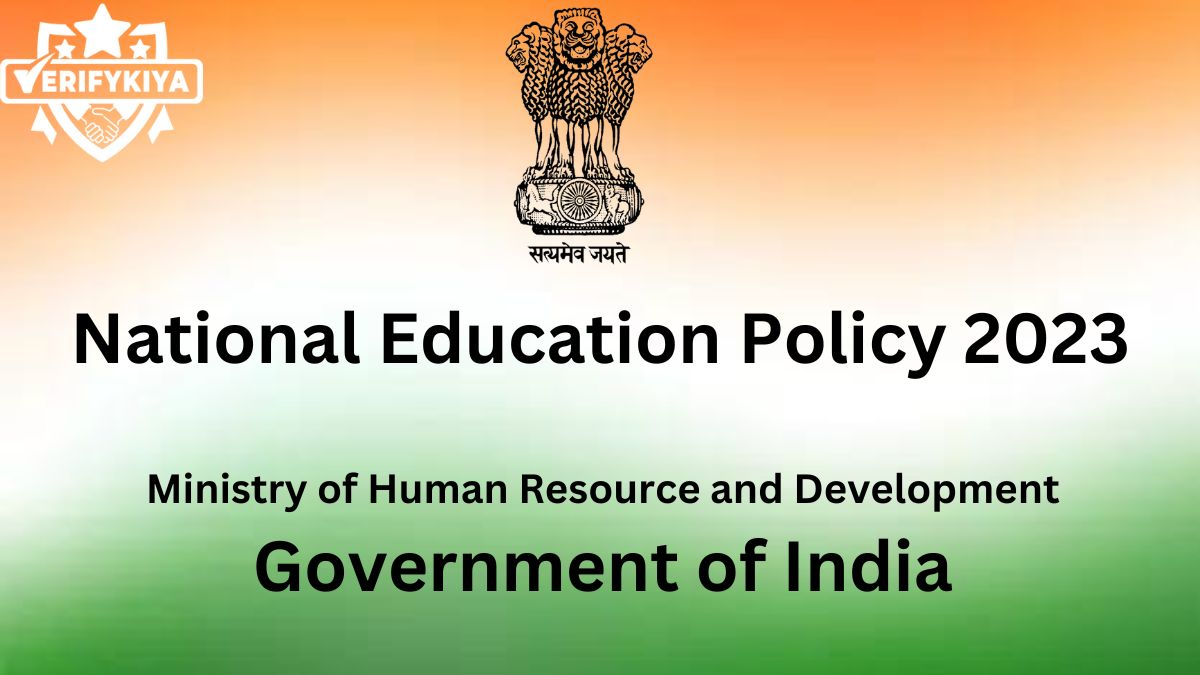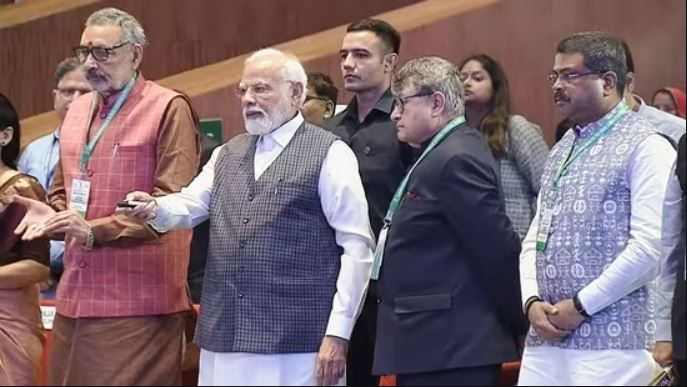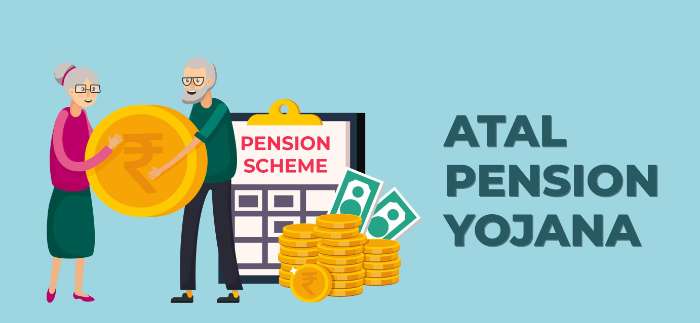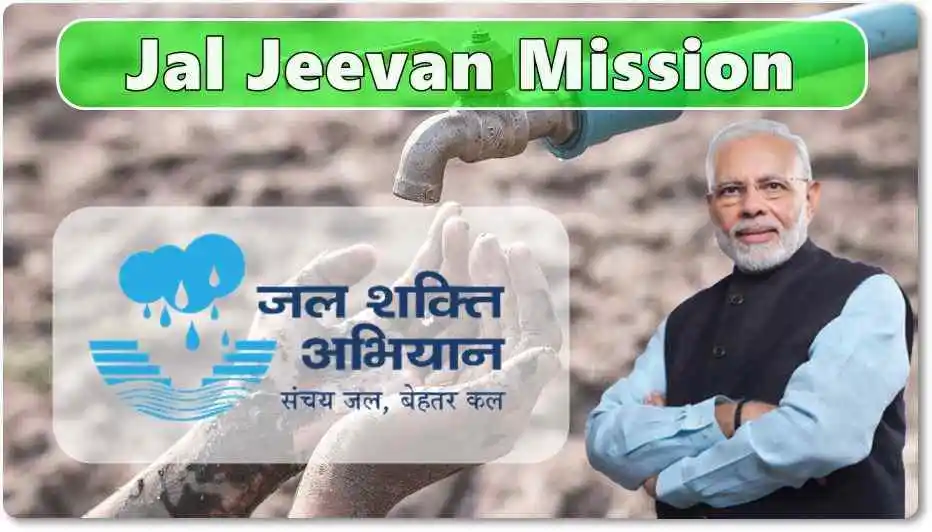New Education Policy of 2023

Evolvement in Indian education policy
- The Indian education policy refers to the many policies and reforms made by the Government of India to enhance the country’s educational quality, accessibility, and inclusivity. India’s education policy has developed over time, with substantial reforms and modifications implemented at various eras.
- Right to Education (RTE) Act: The Indian government established the Right to Education Act in 2009, making education a basic right for children aged 6 to 14. The RTE Act sought to offer free and compulsory education for all children and included a number of requirements to increase educational quality and equity.
- Sarva Shiksha Abhiyan (SSA): The Sarva Shiksha Abhiyan (SSA) is a flagship programme that was started in 2001 to offer universal access to basic education. It focuses on increasing enrollment, decreasing dropout rates, and improving educational quality via infrastructure development, teacher training, and community involvement.
- Rashtriya Madhyamik Shiksha Abhiyan (RMSA): RMSA was founded in 2009 to increase secondary education access and quality. It strives to achieve universal secondary education through funding infrastructure, teacher training, curriculum development, and vocational education.
- 2020 National Education Policy (NEP): The NEP 2020 is a comprehensive policy framework that was implemented in 2020 to replace the previous policy, which was created in 1986. The National Education Policy 2020 aspires to change the educational system by emphasising holistic growth, skill development, and transdisciplinary learning. It includes provisions for early childhood education, school education reform, higher education, teacher training, and technology integration in education.
- Digital Initiatives: The Indian government has undertaken a number of digital initiatives to enhance digital literacy and educational access. To improve learning chances, programmes such as Digital India, ePathshala, and SWAYAM offer online learning tools, digital textbooks, and Massive Open Online Courses (MOOCs).
- Skill Development: Recognizing the importance of skill development for employment, the Indian government has launched skill development programs such as Pradhan Mantri Kaushal Vikas Yojana (PMKVY) to provide vocational training and enhance employability.
- Inclusive Education: Efforts have been made to promote inclusive education for children with disabilities. The Rights of Persons with Disabilities Act, 2016, mandates inclusive education and provides provisions for the education and empowerment of persons with disabilities.
Objective of New Education Policy 2023
The fundamental goal of the National Education Policy is to increase the standard of education in India to a global level, allowing the country to emerge as a leader in knowledge-based industries. The National Education Policy’s universalization of education achieves this purpose.
Major Reforms in Education Policy for 2023
- There will be no obvious distinction between the arts, sciences, academic, vocational, curricular, and extracurricular pursuits.
- Reading and math fundamentals will be emphasized.
- A 5+3+3+4 model replaces the 10+2 structure.
- Students studying in any state are not required to learn a state language.
- Students are allowed to take the Board Exams twice.
- Instead of 1.7% of GDP, the government will spend 6% of GDP on education.
- The gender inclusion fund will be fully formed.
- The government will go above and above to guarantee that gifted children obtain an appropriate education.
- The undergraduate programmes will last for four years.
The 5+3+3+4 Structure: What Does it Mean?
- The Foundation Stage is the initial phase in a child’s education. This programme will train students for 5 years. Three years of Anganwadi/Pre-Primary/Balvatika, as well as first and second grade, will be included in these five years.
- The second step will be preparation. This educational stage will likewise last three years. The intermediate and secondary phases will be laid out in the third, fourth, and fifth grades.
- Middle school will be the third stage of schooling. This is intended for kids in grades 6 through 8. These three years will prepare students for the next stage of their education, high school.
- The secondary stage will be the final phase of students’ educational lives; instead of two years, students will have four years to finish their secondary education from Class 9th to Class 12th.
conclusion
The National Education Policy 2023 is a long-awaited and comprehensive reform that aims to make Indian education more inclusive, flexible, and learner-centered. The new plan aims to solve current difficulties and deficiencies in the education sector while also providing high-quality education to all pupils, regardless of socioeconomic status.








